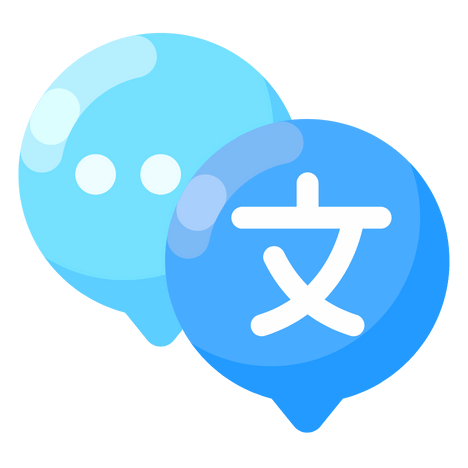Consecutive interpreting plays a crucial role in multilingual communication. This technique enables a message to be faithfully transmitted from one language to another, facilitating exchanges between people of different cultures and languages. Let’s explore together the essential aspects of this practice, its challenges and its importance in our globalized world.
Definition and principles of consecutive interpreting
Consecutive interpreting is a form of oral translation in which the interpreter restates the speaker’s speech after he or she has finished speaking. This method differs from simultaneous interpreting in that it is sequential. The interpreter listens carefully to the speaker, takes notes, then translates the message into the target language.
The basic principles of consecutive interpreting are :
- Active listening and thorough understanding of the source message
- Effective, structured note-taking
- Faithful and coherent reproduction of the original speech
- Adaptation to the cultural and linguistic context of the target audience
This technique is particularly suitable for small to medium-sized events, such as business meetings, diplomatic talks or press conferences. It allows for more natural interaction between participants, facilitating exchanges and question-and-answer sessions.
A notable advantage of consecutive interpreting is that it requires no sophisticated technical equipment, unlike simultaneous interpreting. However, it does require an excellent memory and great powers of concentration on the part of the interpreter.
Key techniques and skills for effective consecutive interpreting
Mastering consecutive interpreting relies on a number of essential skills that professionals need to develop and perfect over the course of their careers. Here’s an overview of the essential techniques and skills:
- Note-taking: The art of note-taking is fundamental. Interpreters use symbols, abbreviations and specific structures to quickly capture the essence of the speech.
- Memory management: Exceptional short-term memory is needed to retain speech details between listening and playback.
- Discourse analysis: The ability to quickly deconstruct the source message and reconstruct it in the target language is paramount.
- Linguistic proficiency: A thorough knowledge of working languages, including cultural nuances and idiomatic expressions, is essential.
- Stress management: The ability to remain calm and focused under pressure is essential, especially at high-level events.
Ongoing training and regular practice are essential to hone these skills. Experienced interpreters such as Danica Seleskovitch, a pioneer of interpretive translation theory, have contributed greatly to the evolution of consecutive interpreting techniques.
| Competence | Importance | Development method |
|---|---|---|
| Note-taking | Crucial | Note-taking exercises, development of a personal system |
| Memory | High | Memory exercises, mnemonic techniques |
| Linguistics | Fundamental | Language immersion, in-depth reading, continuing education |

Issues and challenges of consecutive interpreting in a globalized world
In our era of global communication, consecutive interpreting faces many challenges. Globalization and technological advances have altered the landscape of translation and interpreting, creating both opportunities and obstacles.
One of the main challenges is the growing diversity of subject matter. Interpreters must constantly broaden their knowledge in a variety of fields, from finance to technology to international diplomacy. This versatility requires ongoing training and constant information monitoring.
Digitization also poses new challenges. Remote interpreting, particularly via videoconferencing platforms, is becoming increasingly common. This evolution requires the adaptation of traditional techniques and the acquisition of additional technological skills.
Another major challenge is to maintain quality in the face of growing demand for fast, cost-effective interpreting services. Interpreters must strike a balance between efficiency and precision, while maintaining the ethical standards of the profession.
Finally, competition from machine translation technologies represents a major challenge. Although these tools are advancing rapidly, they cannot yet match the nuance, contextual adaptation and cultural sensitivity that a human interpreter brings to multilingual communication.
Future prospects for consecutive interpreting
Despite the challenges, the future of consecutive interpreting remains promising. This technique retains its relevance in many contexts where precision, nuance and human interaction are paramount.
Theintegration of new technologies is opening up new possibilities. Digital note-taking tools or voice recognition systems could improve interpreters’ efficiency without compromising the quality of their work.
Specialization is also becoming a major asset. Interpreters who develop expertise in specific fields, such as medicine, law or advanced technologies, will be particularly sought-after.
The move towards hybrid models, combining consecutive and simultaneous interpreting, could offer greater flexibility to meet varied customer needs. This approach would optimize efficiency while preserving interpretation quality.
In short, consecutive interpreting remains an essential pillar of multilingual communication. Its future lies in adapting to new technological and social realities, while preserving the human essence that is its strength and inestimable value in an increasingly interconnected world.
